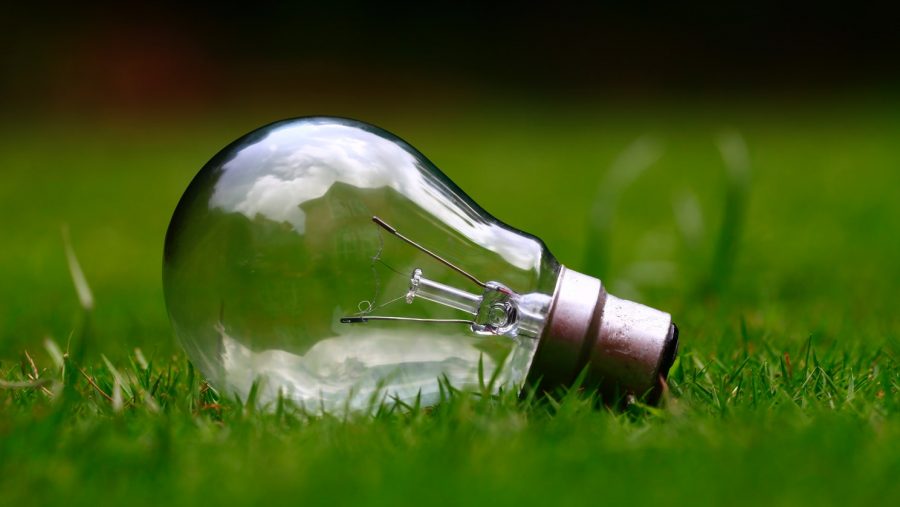Ivo Bozukov: How to Transition to Green Energy
Ivo Bozukov, Forum Energy Technologies’ vice president of energy transition, has outlined a development path for technologies to help the company’s customers achieve the greatest positive environmental impact possible. Ivaylo Bozoukov’s role involves investing in technologies to reduce Scope 1 and Scope 2 emissions, as well as decreasing the company’s overall greenhouse gas emission impact.
This article will share strategies to help communities transition to renewable energy.
Global residents who use a public electricity supply are typically reliant on a power grid managed by a public utility. Their homes and businesses are connected to this grid, receiving electricity produced via numerous sources, including renewable sources such as solar, wind power and geothermal, as well as more traditional sources derived from fossil fuels such as natural gas, coal and nuclear.
In many regions of the United States and Europe, the public utility commissions allow households to choose an energy supplier, relying on the free market to create a consumer-driven energy supply system. However, they always receive their electricity from the same grid. With consumers becoming ever-more environmentally and socially conscious, an increasing number of US households are transitioning to renewable energy, signing up with renewable energy suppliers that are developing solar and wind-based power generation.
In terms of mitigating the potential impacts created by CO2 emissions in power generation and supporting the continued development of homes and businesses in the future, it is important to make the switch to renewable energy in a manner that drives an affordable and sustainable energy transition. With an ever-increasing onus to act now in terms of reducing reliance on fossil fuels that are of finite amount and have a high CO2 impact on the climate, households across the United States and around the world are embracing renewable energy sources such as solar and wind. In the United States today, almost half of all homes are located in areas where households can choose their energy supplier. Most people living in such regions have the option to change to a renewable energy company. Many renewable energy suppliers offer customised plans for unlimited 100% clean energy for a fixed monthly fee or for a fixed cost per kWh. Making the switch is a process that typically takes just a few minutes to complete, providing households with peace of mind, knowing that they are making a huge difference in the fight against climate change.
Over the course of the past 300 years, burning coal has powered the industrial revolution. The 20th century was powered by oil and natural gas development, and the access to abundant and affordable energy powered the greatest developments in human history, lifting billions of people out of poverty and creating a standard of life unprecedented in human civilization. However, this development has presented new challenges, and the use of fossil fuels has generated CO2 input into the earth’s atmosphere, which has heat-trapping properties known as the greenhouse effect. This phenomenon has been connected to an escalation of global average temperatures around the world, which is potentially causing the polar icecaps to melt and triggering rising sea levels, as well as an increase in catastrophic weather events all over the world. The risk of the potential climate change impact has caused humanity to look at an energy transition roadmap that can still afford the continuation of sustainable development in a responsible and equitable manner.
Historically, governmental action has driven large societal change, but with the free-market mechanisms available to so many consumers, the onus is on the individual consumer to transition to renewable energy if they so wish. In addition, some experts claim that that known reserves of fossil fuels such as oil, coal and natural gas are only sufficient to see us through the next 50 to 150 years of development, and thus, switching to renewable energy not only helps reduce CO2 emissions but also potentially enables the electricity-driven world to continue to thrive and develop.
Scientists suggest that the key to tackling the climate crisis is ending global reliance on energy produced by burning fossil fuels, which experts identify as the primary cause of climate change. Antonio Guterres, Secretary-General of the UN, points out that the good news is that a lifeline is ‘right in front of us’, highlighting the importance of renewable energy technologies like wind and solar that already exist and are, in most cases, cheaper than fossil fuels like coal. Antonio Guterres calls for the global community to put them to work, urgently, ‘at scale and speed’.
Despite increased attention on clean energy all over the world, fossil fuels still account for 80% of total global energy consumption and producing 75% of global greenhouse gas emissions. This fossil-fuel-based energy supply model has delivered enormous societal benefits in the past centuries, and continuing on the path to achieve all sustainable development goals is a key component in the energy transition roadmap.
The desire to convert society to renewable energy presents the enticing opportunity to eliminate all risks. However, it often ignores the cost of development of these technologies and the cost it imposes on power consumers by attributing higher costs to energy than what the market would otherwise charge. To continue to offer the full range of economic opportunities to society – and to support businesses and communities to thrive and continue to create employment and benefits for all of society – all parties need to understand that a solution that encompasses all of the above solutions in the next 50-100 years will need to carefully balance the often opposing goals of sustainable development.
Share It on :





